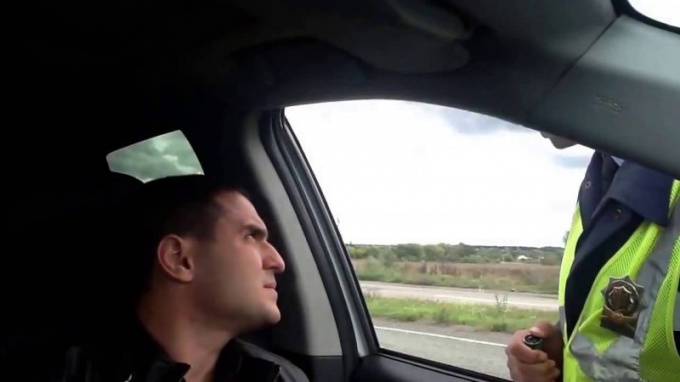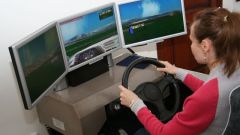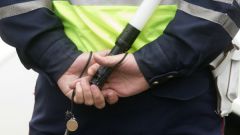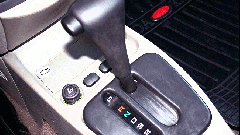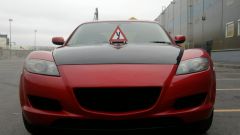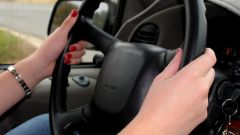Automatic or manual?
An obvious difference in the principles of operating a motor vehicle with automatic gearbox and manual transmission, is immediately noticeable as soon as the driver turns the wheel. The first thing that catches the eye, or rather under the feet, no clutch pedal. And lever change gear has a completely different location and move.
Whether it is good or bad is a separate conversation. The main thing is the fact that moving in the car, in a continuously changing traffic conditions one does not think over their actions, and performs them automatically, at the level of reflexes.
What follows from this? Yes, in General, nothing special. Just when people accustomed to drive a traditional Russian manual transmission and three pedals, get into a difficult traffic situation, it is easy enough will come out of it, but on the contrary will already be difficult. That is so easy and painless to change from automatic transmission to good old mechanics will not happen.
All in the reflexes. Because the motor memory of a person is arranged in such a way that aktiviziruyutsya just at the critical moment. Thus, once behind the wheel of a classic car with a manual gearbox, the driver who is used to only control the machine, probably confused and, of course, will lose control of the vehicle that may lead to a traffic accident.
What is permitted - not prohibited
To avoid such situations, the government has decided to introduce a separate category for drivers operating vehicles with automatic transmissions.
Thus, when the exam to obtain a driver's license driving school student decides what type of car he wants to drive in the future and if his choice fell on a vehicle with automatic transmission, then this is a corresponding mark in the certificate.
If in the future the driver may change car equipped with a manual transmission, it will have to pass a practical examination in the management of such a motor vehicle.
If a practical examination is taken on the car with a manual transmission, retake is not required. Thus, the driver of which is not marked "at" in the driver's license should operate any passenger vehicle of the relevant category.
